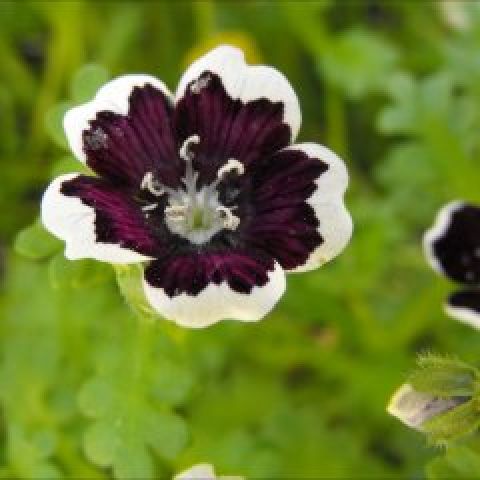 Every year — once our plant sale buying committee has chosen the hundreds of new plants for the sale — a small team of writers begins to research each plant as we prepare the catalog.
Every year — once our plant sale buying committee has chosen the hundreds of new plants for the sale — a small team of writers begins to research each plant as we prepare the catalog.
We gather and evaluate information from many places, including descriptions from our growers, Google images, local gardeners and plant experts, seed catalogs, Wikipedia, USDA, university and plant society websites, and especially from two quite reliable online sources: the Missouri Botanic Garden (MOBOT) and Dave’s Garden. Then we edit out unneeded details (and most hype adjectives like “amazing” or “must-have”) as we write and rewrite each description.
We are constantly amazed by the way “facts” change from one information source to another:
- the plant is hardy to zone 3 or only to zone 6
- the plant is 12” tall or up to 48” tall
- the plant’s botanical name is this or that
- the plant is drought-tolerant or needs to be kept moist at all times
- the plant’s flower is magenta or no, it’s red
And so on.
As best as we can, we sift through all this and we try to come up with some answers for you. In 2013, for instance, we wanted to know whether the name of a Russian tomato was Moskovich or Moskvich, because we saw both names in use online. A Russian website gave us the original name as Moskvich, meaning “from Moscow.” To answer similar questions this year, we relied on Google translations of Japanese, Dutch, and German websites.
In order to write accurate plant descriptions for our customers this year, we also looked up:
- the shape of a beaver tail
- the size of a golf ball ( 1.68") and a penny (.75”)
- what a panda looks like (for a plant called Panda Face Ginger)
To double-check the origin and spelling of the name of the Smallwood’s Driveway coleus (spelled in a variety of ways online), we wrote to a nursery owner near Richmond, Virginia, who did actually discover the plant in her driveway. She was thrilled to find out how popular her coleus variety was at a plant sale in Minnesota.
Often, we learn fascinating facts that never make it into the brief catalog descriptions:
- The herb Ashwagandha’s name means "horse's smell" in Sanskrit because its root smells like a sweaty horse.
- The proper spelling of the Baby Blue Eyes plant Nemophila ‘Penny Black’ (some sources have ‘Pennie Black’) led us to stories about the Penny Black stamp which in 1840 was the first adhesive postage stamp.
- The plant we sometimes sell called Dragon Tree does ooze a red sap known as “dragon’s blood,” but is this the same dragon’s blood that Stradivarius used in the finish on his violins? No, almost certainly not, although many internet sources repeat this error — in fact, there are a few different plants that produce a substance called dragon’s blood and he probably used one of those.
Our plant descriptions, whether in 2023 or older, are examined and queried and edited by at least seven people. Further answers are sought, and more revising and condensing goes on, before the descriptions are ready for the catalog and website. And then, because so many of our plants are unusual and not commonly grown in Minnesota, we are eager to hear from people who have experience with them and can correct our information.
Email us at [email protected] if you've tried some of the unusual plants we've had over the years.
We never consider our work to be the final answer!